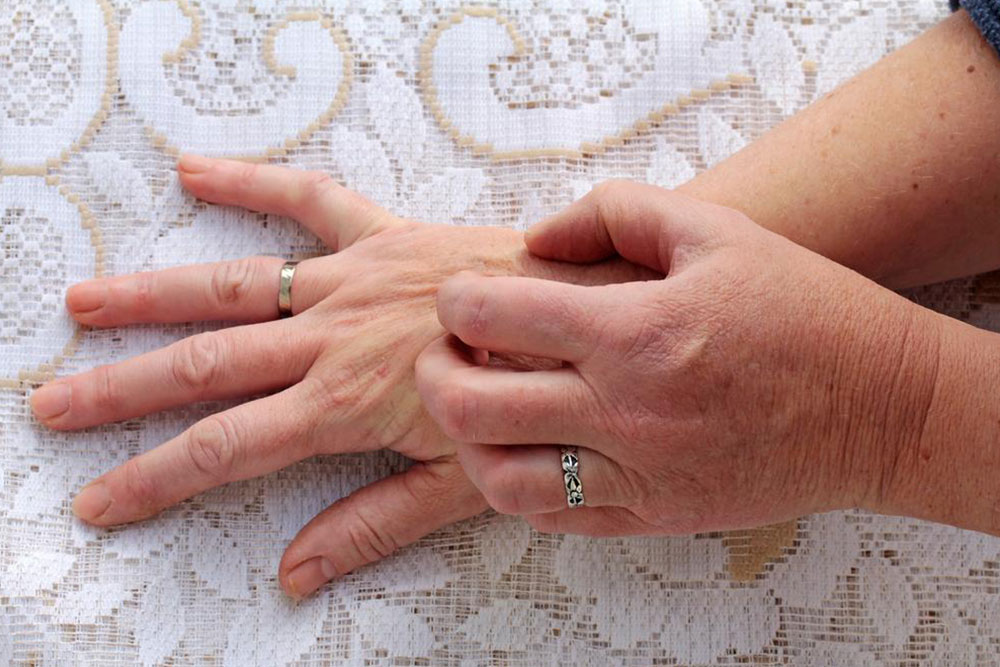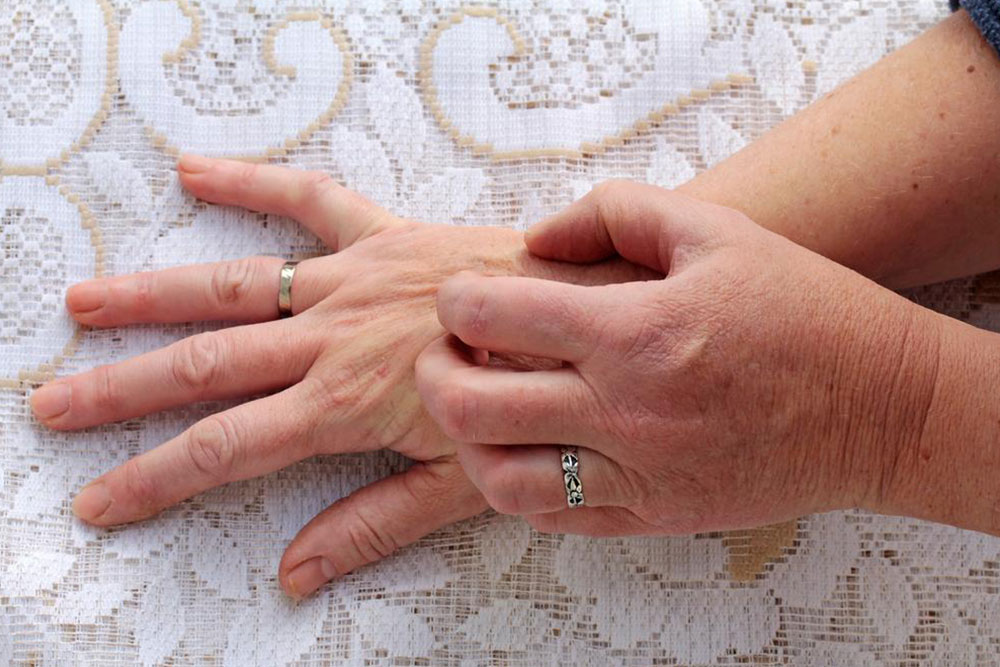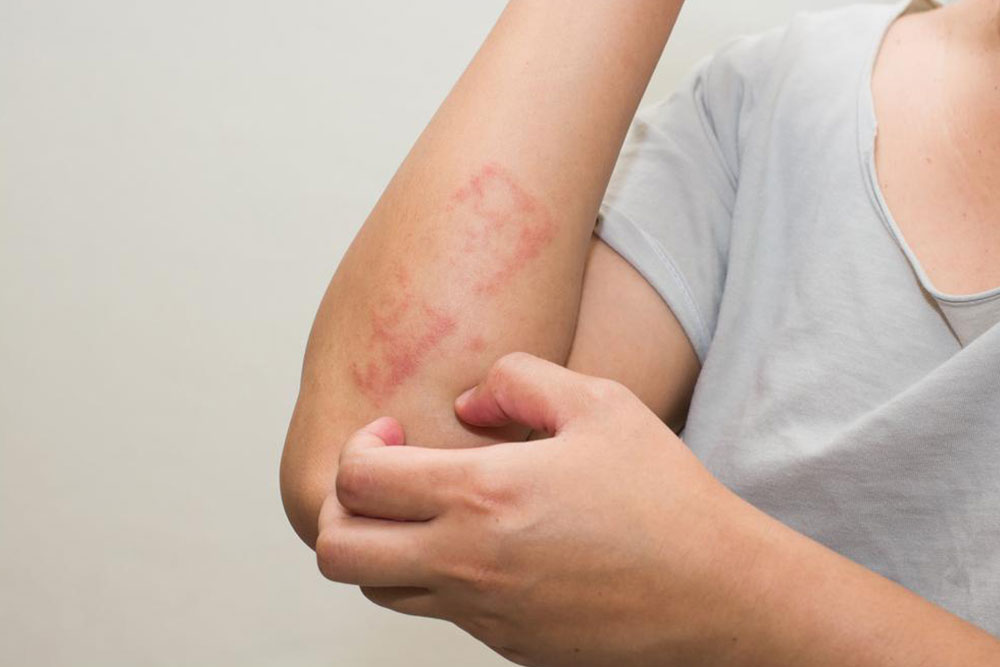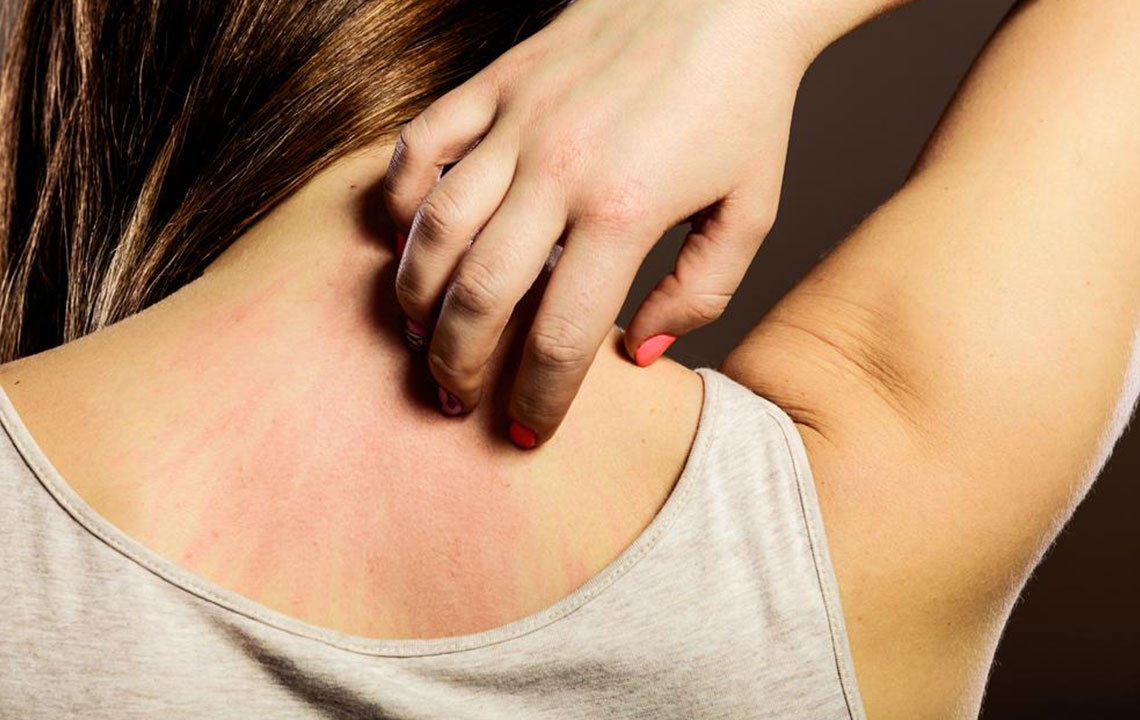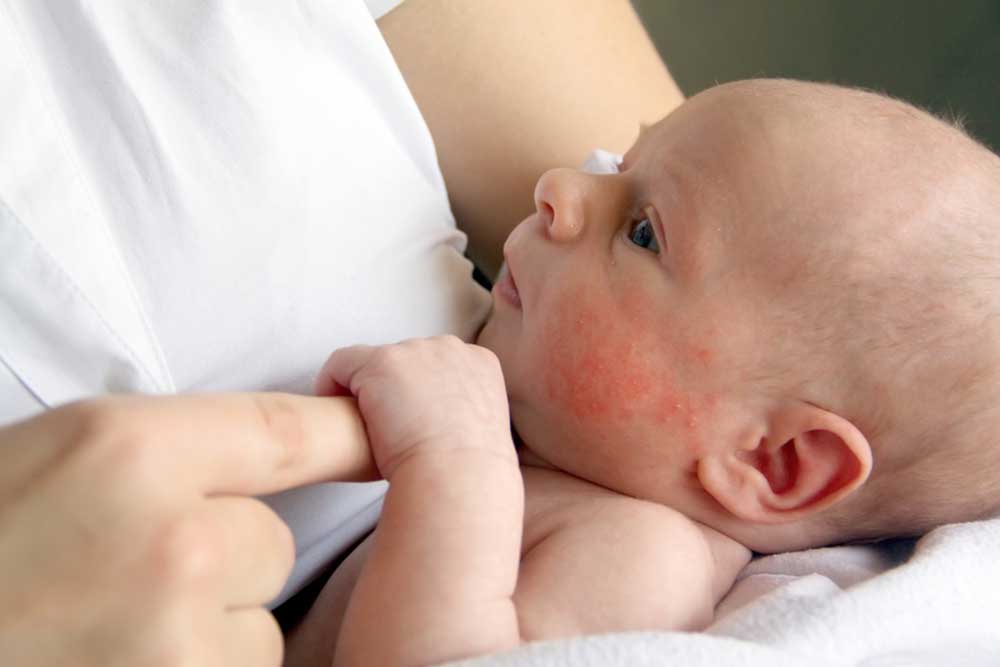Comprehensive Guide to Managing Scabies Skin Reactions
This comprehensive guide explains scabies causes, symptoms, treatment options, and home remedies. It highlights the importance of medical consultation for effective management, including medications like permethrin and ivermectin. Lifestyle changes and natural remedies can help relieve itching and skin discomfort. Recognizing infestations through images can assist in timely diagnosis. Always consult a healthcare professional for appropriate treatment to eliminate scabies and prevent re-infestation.

Understanding Scabies and Its Skin Manifestations
Scabies is a condition caused not by infection, but by a skin invasion. Tiny mites burrow into the outer skin layers, leading to an allergic reaction. The body does not accept these mites, resulting in intense itching and distinctive rashes. Transmission occurs through direct skin contact, including sexual activity or close physical interactions. Adults often recognize severe cases by comparing their rashes to images available online.
Common Symptoms of Scabies
Intense itching, especially at night, is the most notable symptom.
The mites create burrows that may appear as scaly patches or blistered skin.
Scratching can cause sores, which may lead to secondary infections like impetigo.
In advanced cases, thick crusts form on the skin, known as crusted scabies. Comparing photos helps in identifying these symptoms.
Treatment Options for Scabies
Permethrin 5% cream is a frontline topical treatment applied to clean, dry skin. It's best to leave it on for several hours before washing off.
Lindane 1% cream is an older medication with potential side effects and is less commonly used.
Ivermectin tablets serve as an oral medication effective against the mites.
Benzyl benzoate lotion is a traditional treatment but may cause skin irritation, especially in sensitive skin.
Sulfur ointments are among the oldest remedies and remain effective for resistant cases.
Common Infestation Sites of Scabies Mites
Typically, mites settle in areas like between fingers, under nails, armpits, waistline, inner wrists, elbows, soles of feet, around the nipples, genitalia, buttocks, knees, and shoulder blades.
In infants and children, infestations also involve the scalp, face, neck, palms, and soles of feet. Reviewing rash images can aid in diagnosis.
Home Remedies to Alleviate Symptoms
Tea tree oil, used topically or sprayed on bedding, can help reduce itching and aid in rash healing, despite limited effect on eggs.
Neem oil-based products possess anti-inflammatory and antimicrobial properties beneficial for scabies.
Aloe vera gel soothes skin irritation and diminishes itching.
Cayenne pepper, applied topically, can lessen pain and discomfort.
Clove oil, with its antimicrobial and insecticidal qualities, can assist in treatment.
Managing Itching Through Lifestyle Changes
Keeping the skin cool and moist can help reduce itching sensation.
An oatmeal bath or cool compress can provide relief.
Applying over-the-counter soothing lotions like calamine may ease discomfort.
Antihistamines, upon doctor’s advice, can lessen allergic reactions and itching.
Always consult a healthcare professional before using medications for scabies.
Important Reminder:
While over-the-counter remedies can alleviate symptoms, prescribed medications are essential to eliminate scabies mites. Always seek medical advice before starting any treatment, as proper diagnosis and guidance are crucial for effective management.

